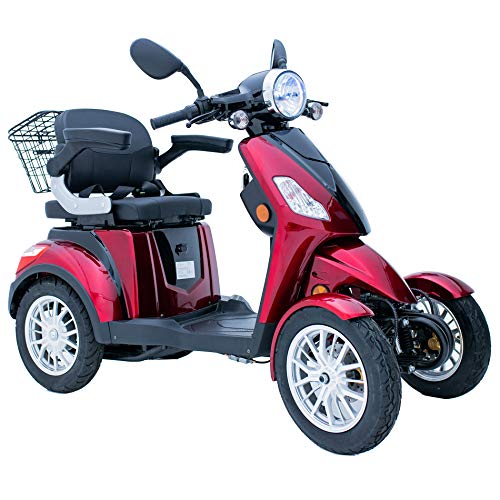Scooter Green Power
Scooters offer an enjoyable and safe method to travel. They're also environmentally green. It is essential to do your research prior to buying one.
While they are carbon-free on the surface scooters come with hidden costs. The production and mining of the batteries that power electric scooters generates significant emissions. Shipping scooters from where riders leave them to charging stations is also a contributor to their environmental footprint.
Battery Life
The battery is one of the primary components of a scooter, and it has significant impact on how green your scooter is. When a battery dies, it releases toxic chemicals which could have a massive ecological and economic impact.
Electric scooters are extremely energy efficient. They use a fraction of what cars do to travel the same distance. This can help to reduce air pollution and climate change as well as traffic congestion. They still produce a tiny amount of carbon dioxide when charging. If this is from renewable sources, it could make the e scooter even more eco friendly.
In addition, many scooters have swappable batteries that can be used in conjunction with other scooters in a fleet, reducing the need for companies to transport them for recharging. Some companies are also investigating hyper-local energy production. The grid could use the battery power to balance the supply and demand.
If you are planning to use your scooter for long excursions you should consider purchasing a larger battery or a second one that you can swap out. You can travel longer distances and not have to recharge your battery as often. This is especially important if you live in a region that has extreme weather conditions. It is also a good idea to charge the battery before you store it for several months or even weeks. If you don't, the battery may not be able to hold a charge when you need it again. This can be both inconvenient as well as risky.

In general electric scooters are greener than other vehicles or modes of transport. They emit less greenhouse gases which contribute to global warming, and require less raw material to manufacture. They can be charged with clean energy, which can reduce their carbon footprint. However, it is crucial to think about the entire of a scooter when considering its sustainability. This includes the process of manufacturing, the energy required to charge it and its disposal.
Design
The design of electric scooters can influence their green power credentials. Scooters that have regenerative brake systems, like, can convert the energy that would be lost otherwise into extra battery life, allowing them to travel farther on each charge. green scooters of scooters are designed for shorter distances, thus reducing the number of car trips required. And, unlike traditional vehicles, scooters emit no carbon dioxide during use.
It is crucial to take into account the environmental impact of electric scooters' entire lifecycle. This includes the extraction of raw materials, production and the disposal at the end of life. The production of lithium-ion batteries can be energy-intensive, and could result in destruction of habitats and pollution of water and soil as well as greenhouse gas emissions. The mining and transportation raw materials can have a significant effect on the environment.
The lack of durability is another major issue with scooters. The average scooter only lasts about a month or two in the streets before being removed. This could force scooter manufacturers to extract even more aluminum and to engage in more resource-intensive processes such as shipping. Additionally, since the majority of scooters are rented rather than owned, the scooters must be collected and taken to recharge stations (often by vehicles) when they run out of juice.
Scooters may contain hazardous wastes that could pose a risk to the environment and public health. If they are not properly recycled the waste could end up in landfills or rivers and cause harm to humans and wildlife.
Although scooters are generally more beneficial for the environment than traditional vehicles, there are a number of issues that need to be addressed in order to make them completely eco friendly. If all scooters were constructed from 100% recyclable materials and if the electricity they powered came from renewable sources, then they would be a carbon-free method of transportation.
Maintenance
An electric scooter may be more affordable than a traditional vehicle, but it still requires routine maintenance. The main element is the battery pack. It should be replaced and charged regularly when it is nearing the end of its lifespan. The speed controller is a factor as well. This can impact the performance when it is not working properly.
If the scooter cuts out or stops working during riding, it typically indicates that the battery is defective. It could also be due to a fuse or a charger that isn't functioning correctly. Check that the charger's indicators are green (charging), not red (off). It is recommended to charge the scooter each time you put it stored, even if you're not using it.
Another common issue is a defective normally closed brake lever switch. To check for this, disconnect the wire from the switch for the brake lever and connect the two terminals in the controller's connector the wire is unplugged from. If the scooter continues to run in a continuous manner, the switch may be faulty.
Scooter companies send people out to drive trucks and cars all day long, and bring back electric scooters that are out of juice. This allows them to keep their fleet in good in good working order. It also lets them recharge the batteries for the next trip. Many consumers do not have this option and must change their scooters whenever they run out of power.
